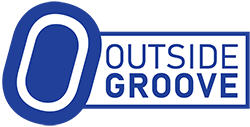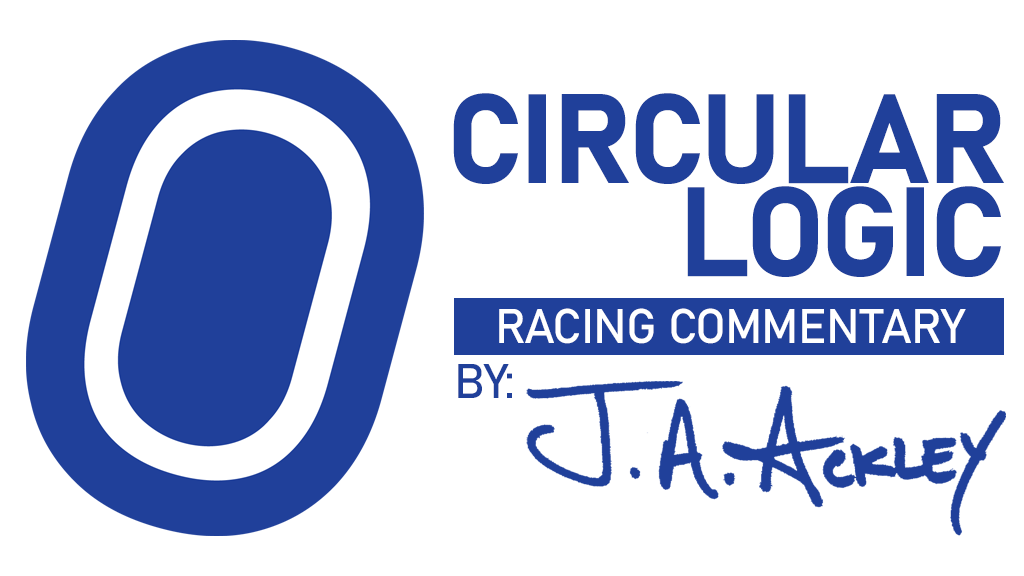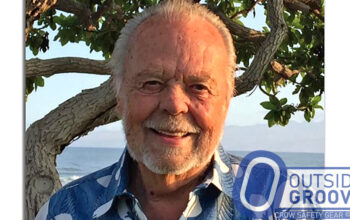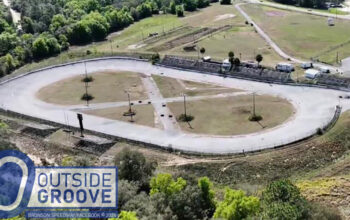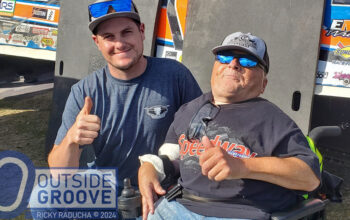The topic of mentioning the hometown of a driver often gets discussed in media circles. It seems so trivial to the general public, but in the age of ever-decreasing attention spans, members of the media have to make every word count. That equally applies to announcers, social media influencers, and writers. So, who cares where a driver calls home? We need more time to share their sponsors anyway. Here’s a personal story on why that strategy does an incredible injustice to the sport.
Flashback to 1999. I was 16. The year before I attended my first-ever race — the NASCAR Cup Series weekend at Watkins Glen. I would head to the Southern Tier of New York and visit my father’s side of the family throughout my childhood. Coincidentally, and unbeknownst to me at the time, that weeklong visit typically occurred when NASCAR raced the Glen.
In 1994, when the baseball strike occurred, I was a kid visiting Cooperstown, one of the most sacred places in the sport. Dejected, my grandfather and father took me to the grocery store — and en route we stumbled upon a racing fair. I demanded that they stop so I could take a look. I fell in love with the sport. Every year after we’d take in the racing fairs and watch the Watkins Glen race on TV.
In 1997, Geoff Bodine, won at Watkins Glen, the track closest to where he grew up, in Chemung, New York. The area went wild for their hometown hero. In fact, my grandfather attended elementary school with the Bodine brothers’ father, Eli. Despite the connection there, Chemung felt as far away as Asia. After all, I grew up on Long Island, where we had five Home Depots within five miles. Racing seemed out of reach because the only people who I knew in the sport were on TV — and no New Yorker, at least one from near the City, ever appeared on TV at the time. Nevertheless, watching Bodine win inspired me to ask my dad to go to next year’s races.
Two years later, the NASCAR weekend at the Glen featured the NASCAR Whelen Modified Tour. They didn’t look like a stock car. In fact, they seemed like something out of this world. Admittedly, that didn’t appeal to me at the time. So, as I walked around the Glen, I listened to the PA system. I heard, “Fred Vordermeier Jr., from West Hempstead, New York.” Wait. What did that guy say? That’s my hometown. What were the odds? He and I were two of approximately 20,000 people.
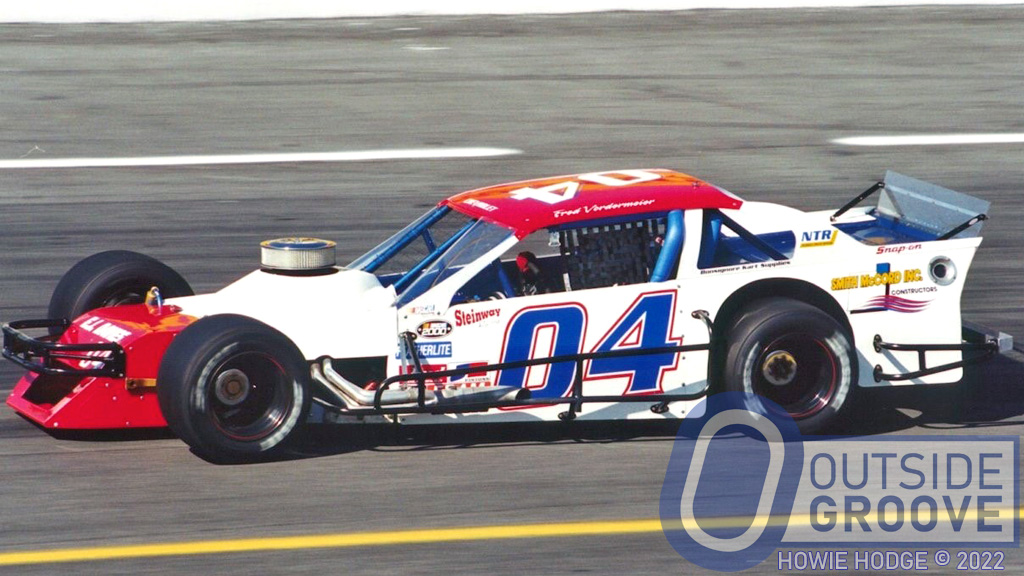
At the point, it connected. Maybe, racing’s not that far out of my reach. I asked around and starting working on a late model driven by the late Walt DeMorris, of Levittown, New York. He raced at Riverhead Raceway and that became a second home. Then, the rest was history.
Unfortunately, Vordermeier unexpectedly passed away this week. He was 48. Admittedly, we only spoke when the NASCAR Whelen Modified Tour visited Riverhead Raceway. We often talked about our connection to our hometown. Incredibly kind, personable, and quick to flash a smile, he represented not only West Hempstead well, but also the sport. He later stepped away from racing, but left a lasting impression on many of whom he interacted with in motorsports. We both eventually moved on from our hometown, but we forever shared that bond.
Hometowns provide a connecting point for fans with drivers and others in the sport. Nothing feels more personal than sharing the common bond of the same town you eat in, sleep in, and build relationships in. I’ve heard countless others share stories of how they, too, came into the sport through a racer they knew in their town. Sure, sponsors might keep these racers going, but connecting new people with the sport is what ensures that auto racing thrives.
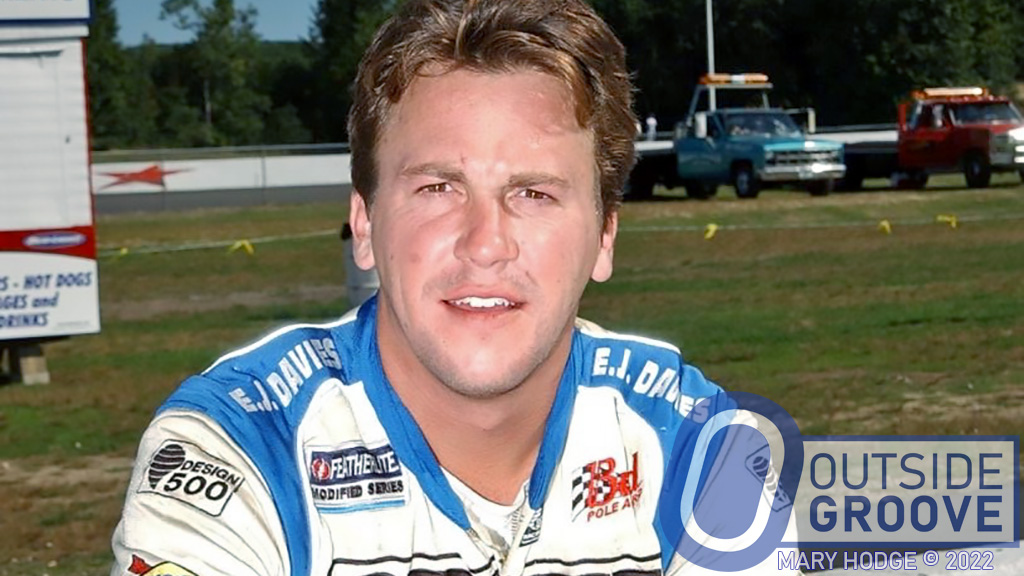
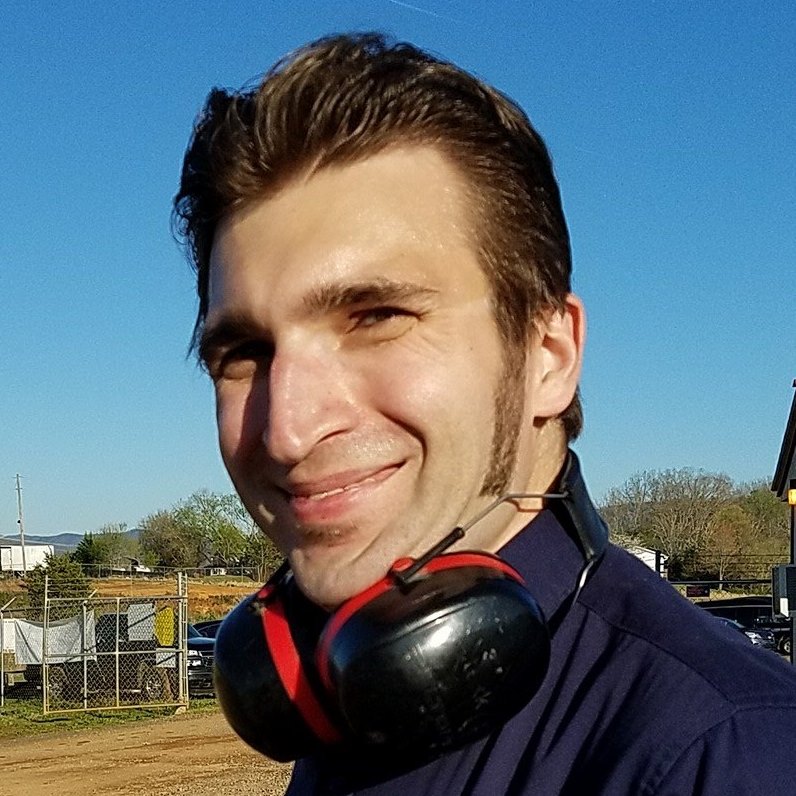
The Outside Groove Executive Editor has covered motorsports since 2000. His many awards include the 2019 Eastern Motorsport Press Association (EMPA) Jim Hunter Writer of the Year and the 2013 Russ Catlin Award for Excellence in Motorsports Journalism.
